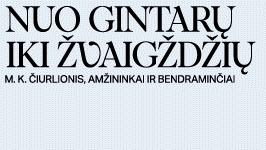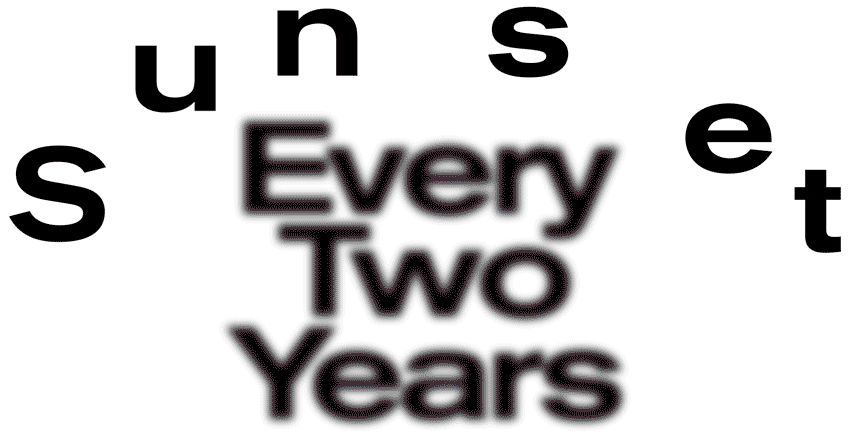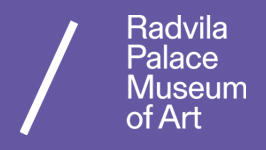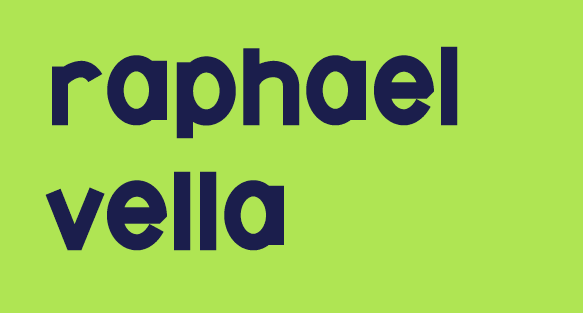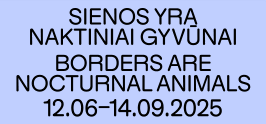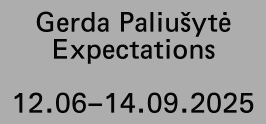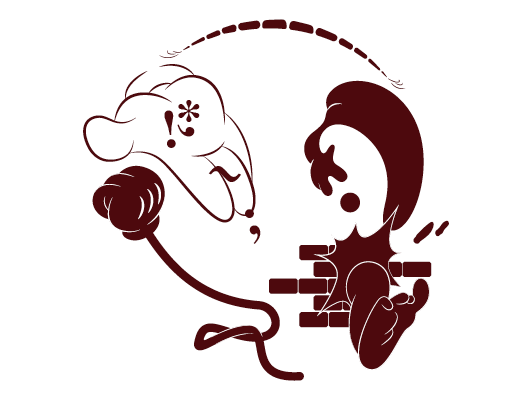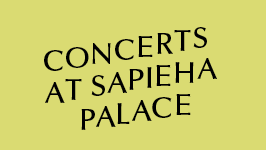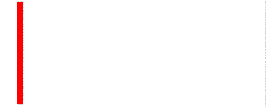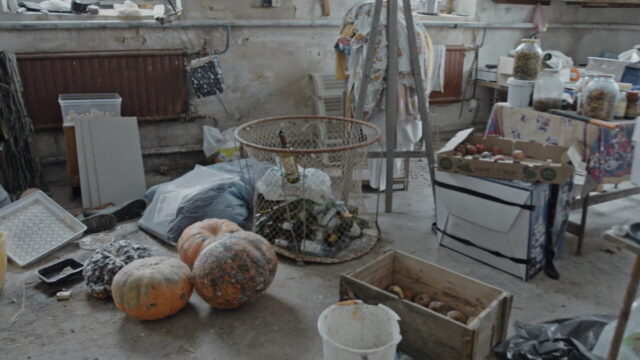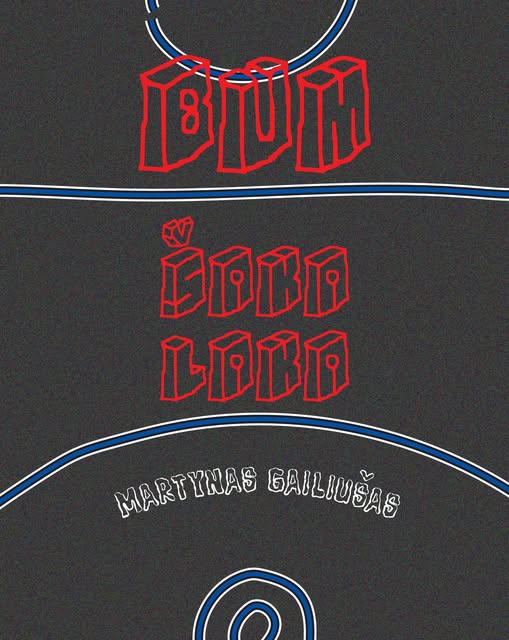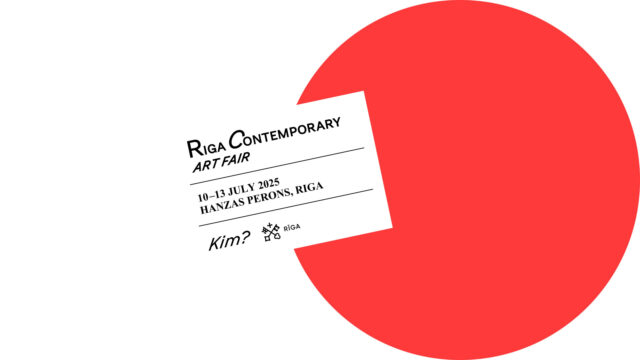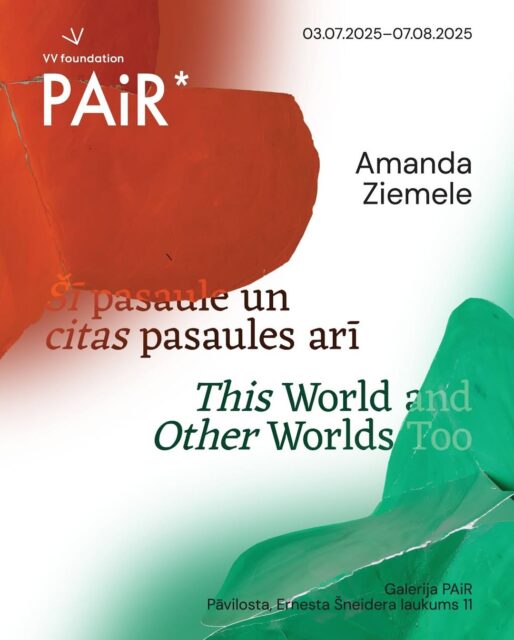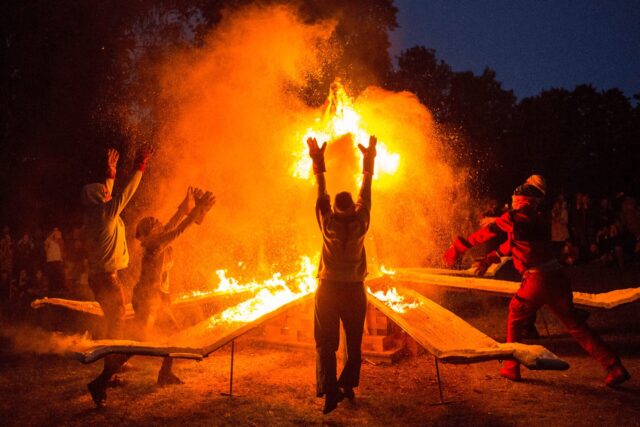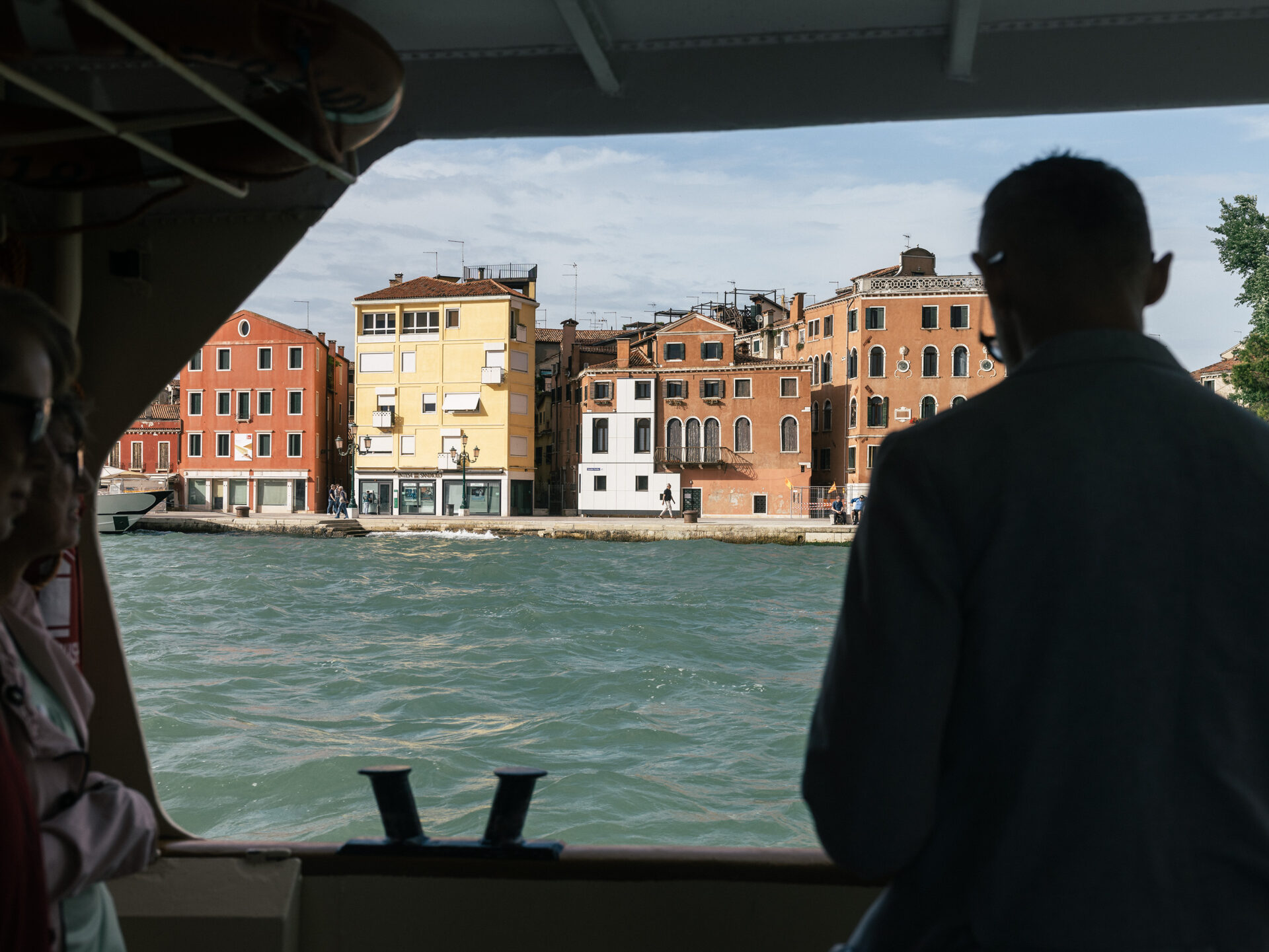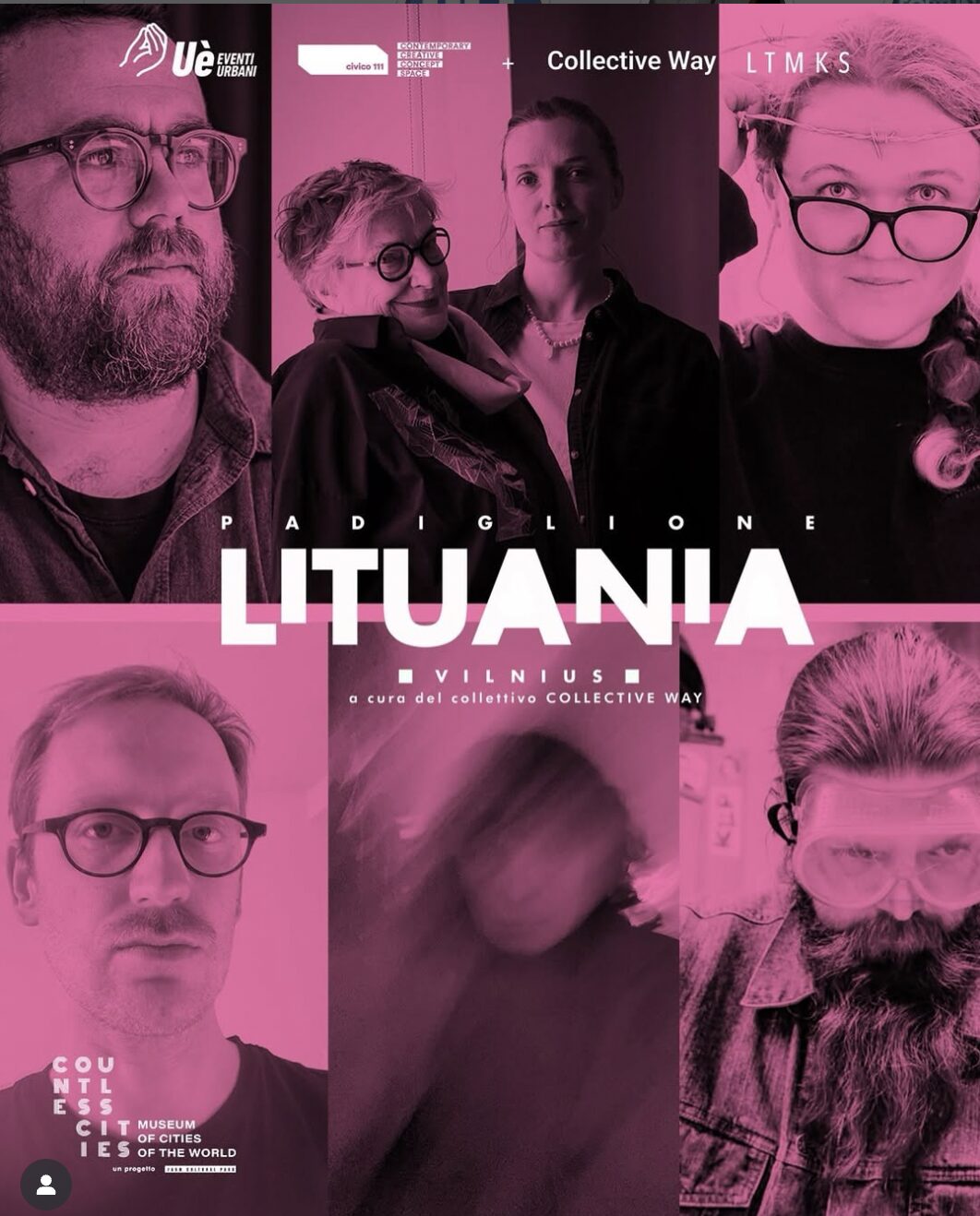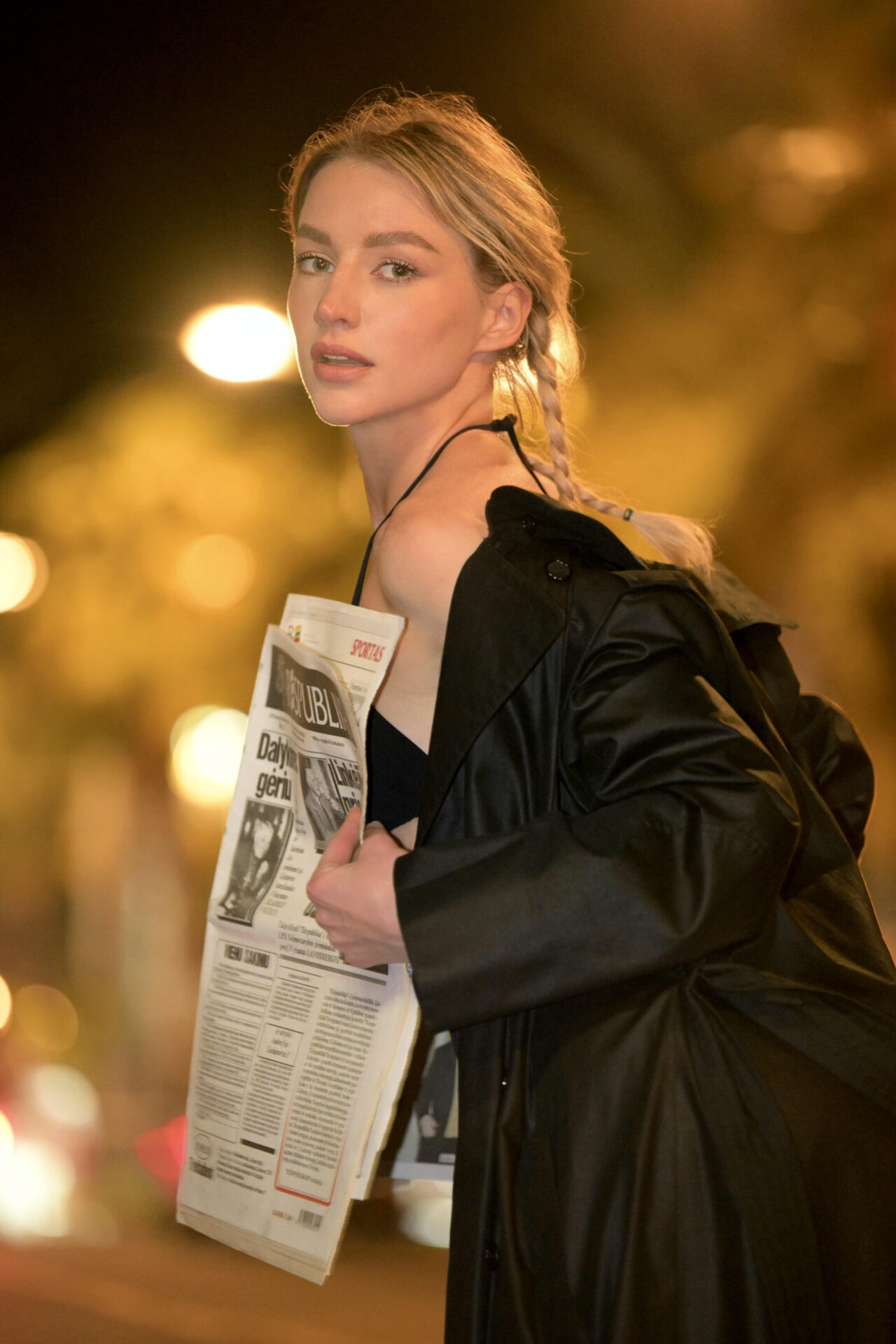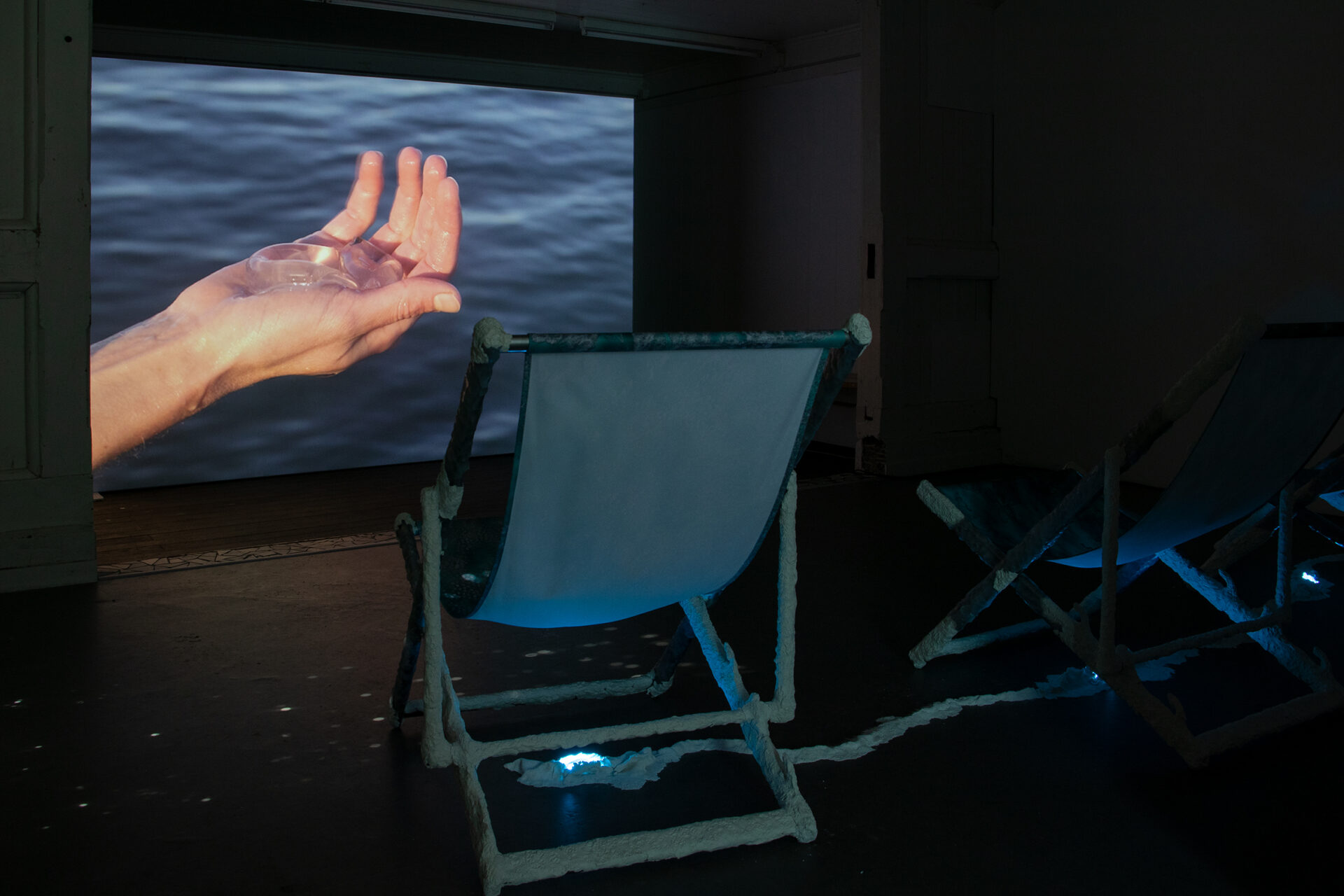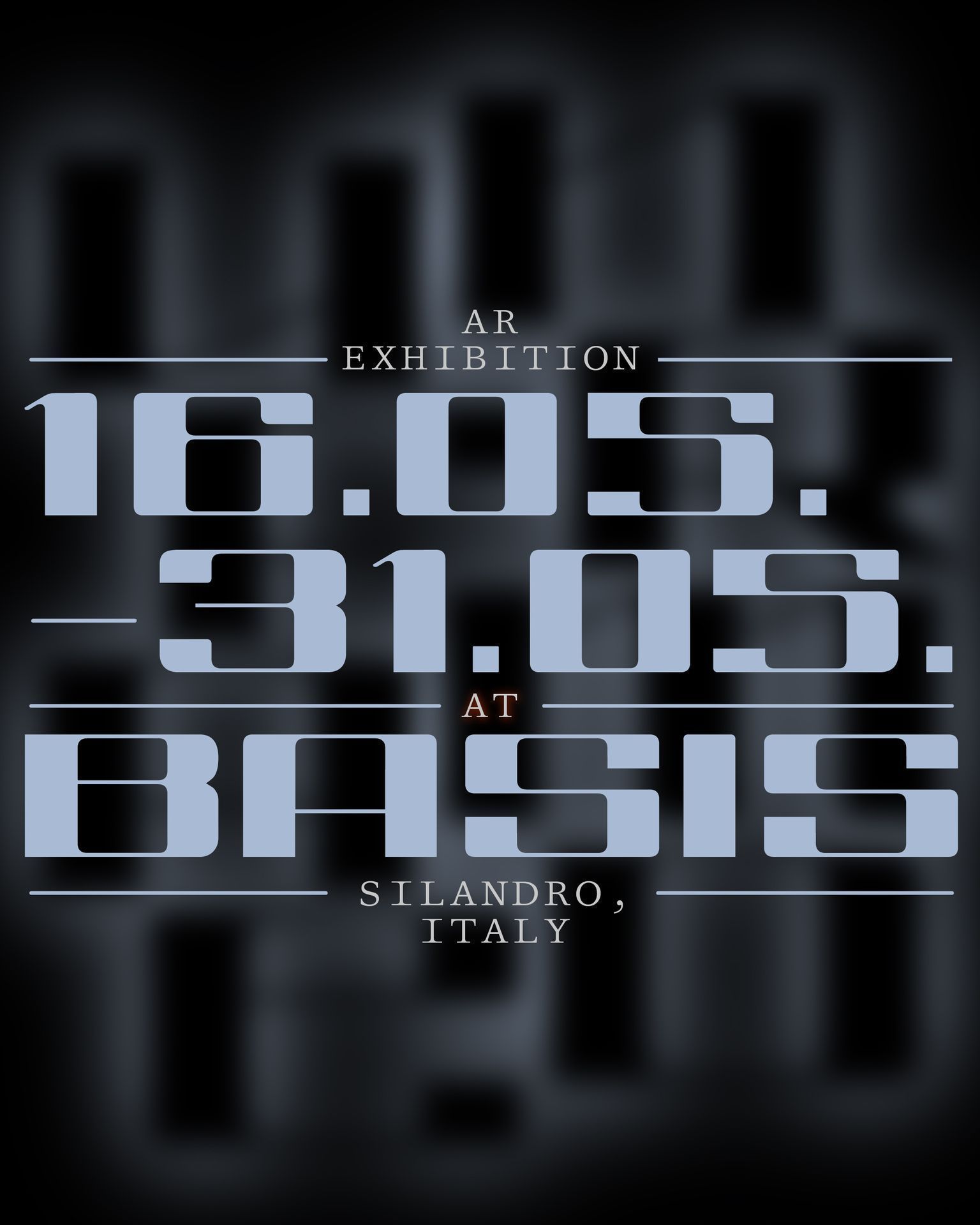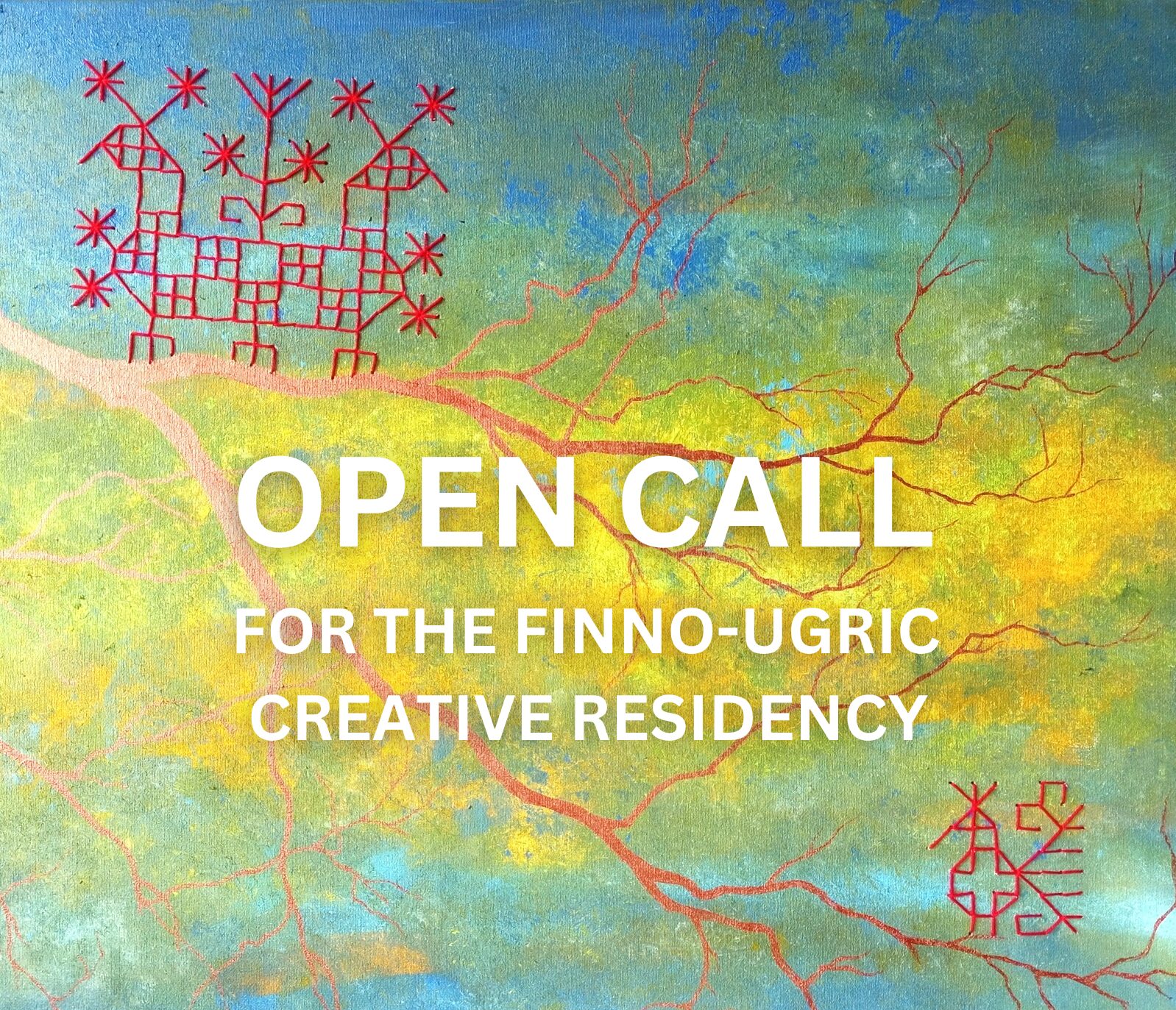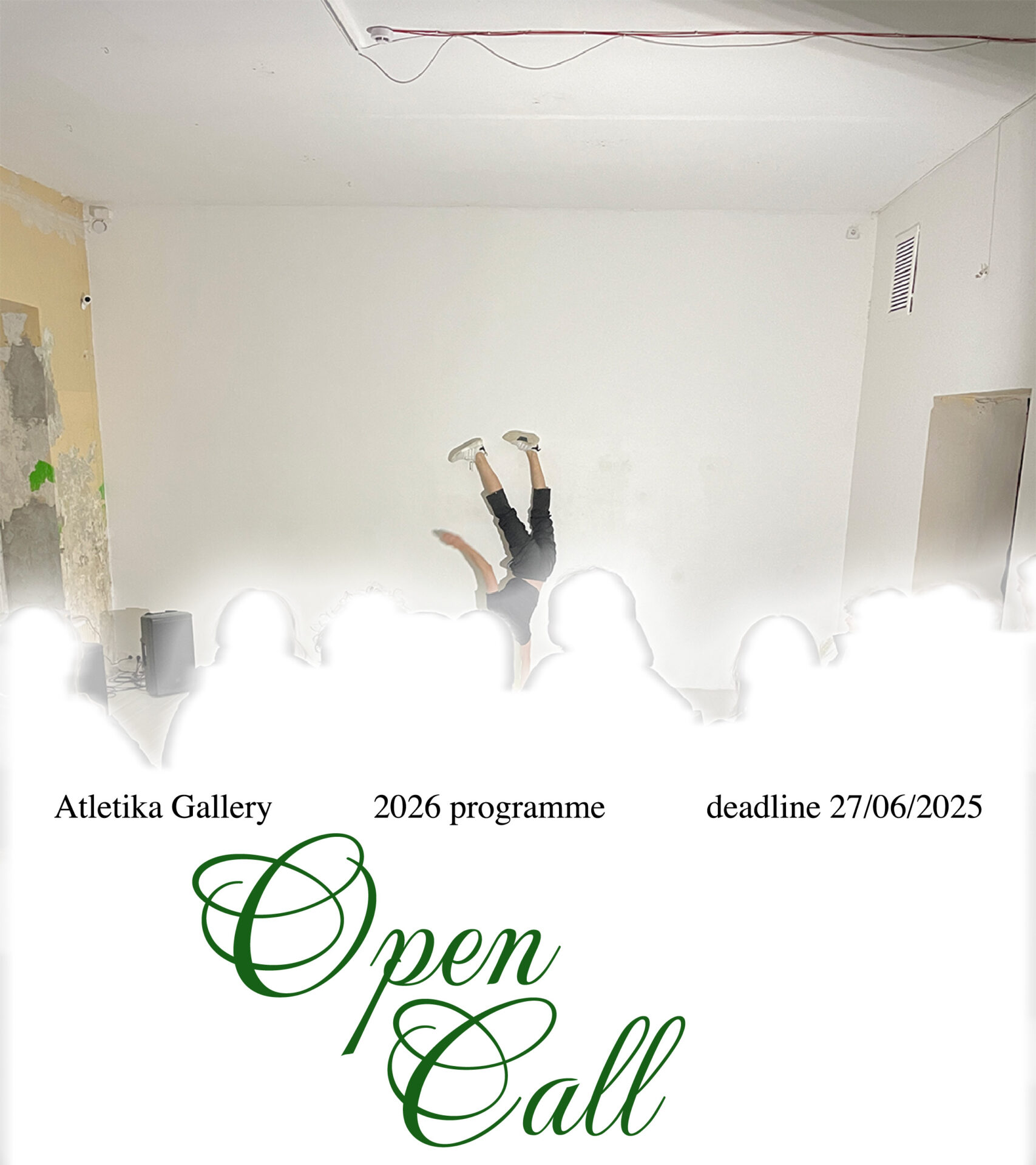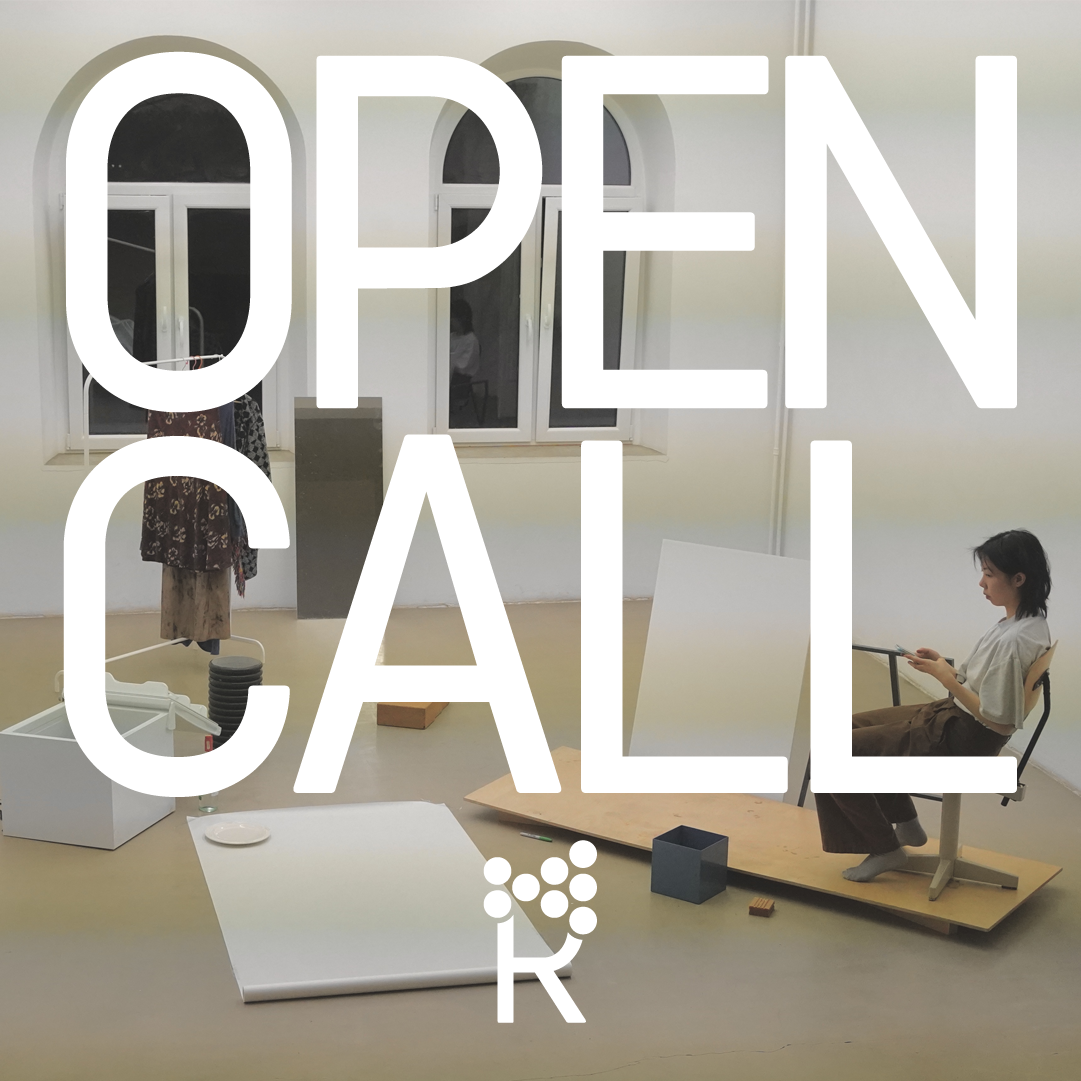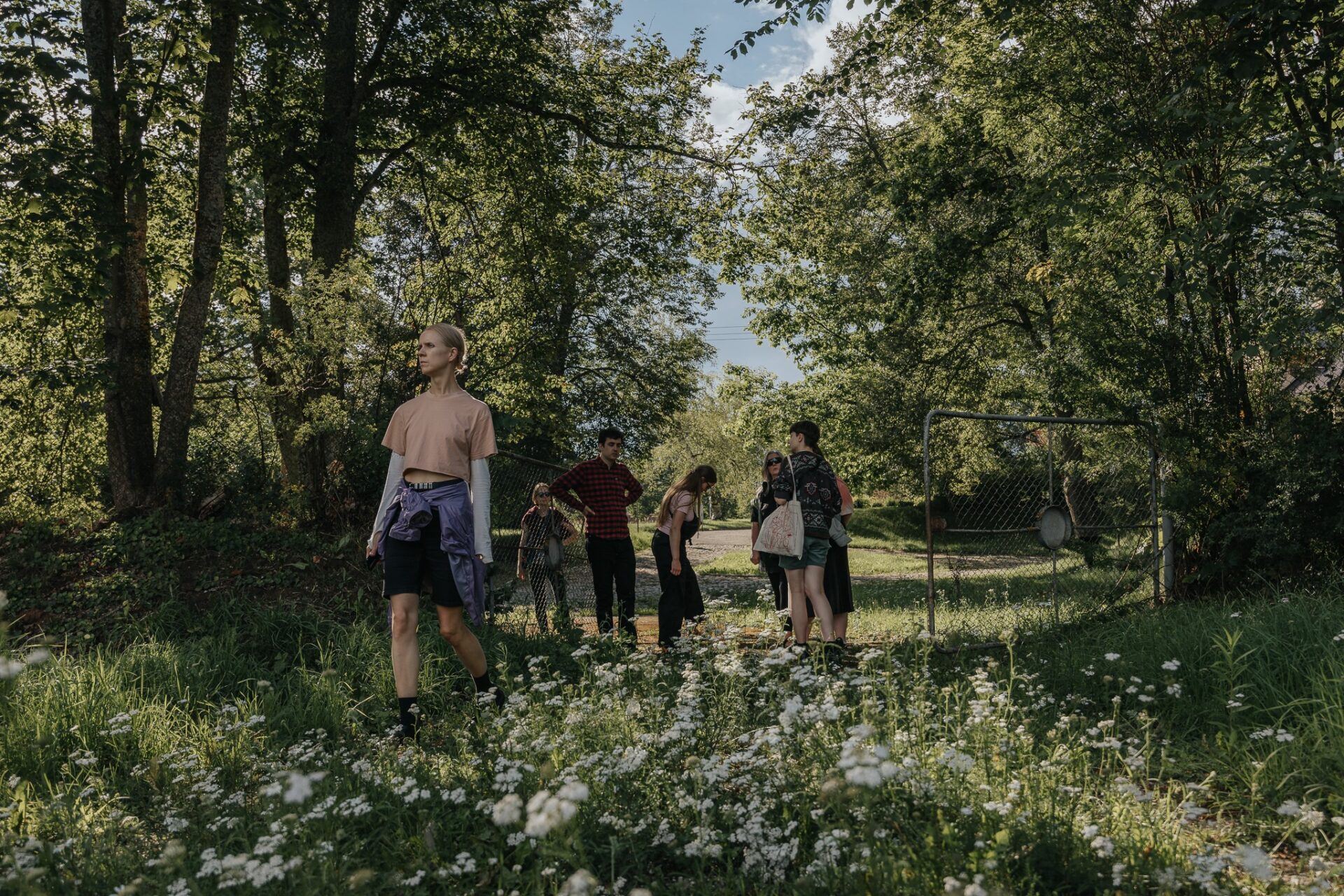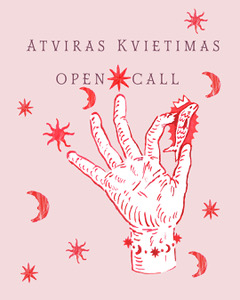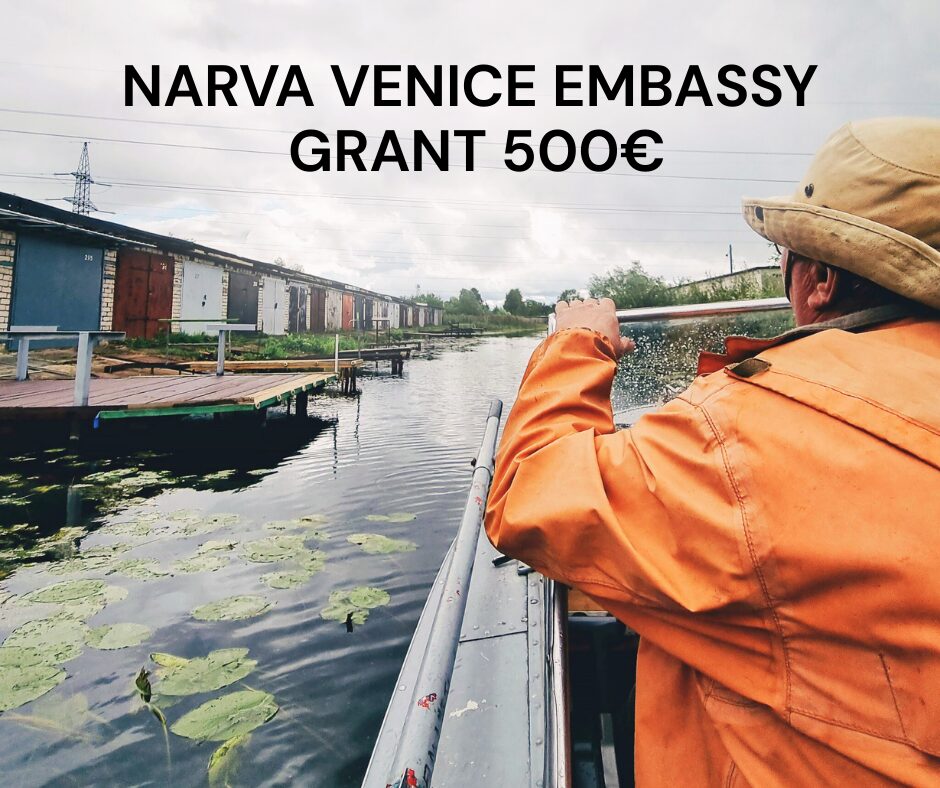At 5.30 p.m. on Friday, 29 September, Pranas Domšaitis Gallery of the Lithuanian National Museum of Art opens an international exhibition Karl Eulenstein (1892–1981). Back in Klaipėda. It is the eleventh joint event at the gallery aimed to present and promote the artistic heritage of East Prussia through continued collaboration between The East Prussian Regional Museum (Lüneburg, Germany) and the Lithuanian National Museum of Art.
The idea to hold an exhibition of Karl Eulenstein’s work was inspired by an important gift of 15 paintings and books illustrated by the artist received by the Lithuanian National Museum of Art. The works were gifted by Ekkehard Hildebrandt, the son of one of the best friends of the artist on 19 May last year.
Skaistė Marčienė, director of Pranas Domšaitis Gallery, shines light on the importance of the gallery’s international collaborations: ‘The close links with the foreign museums enable us to bring back to Lithuania – temporarily or permanently – the artists who were born and worked here. The long-standing and cherished collaboration with the East Prussia Regional Museum opens opportunities to get to know better the views, the history and creative spirit of Klaipėda region, such as when it inspired, supported and ‘haunted’ Karl Eulenstein and other artists who experienced the charms of these lands.’
Karl Eulenstein is one of the most famous artists who came from Klaipėda. He was born 25 August 1892, into a big family of a steamer captain. His German father and Lithuanian mother lived in a suburb of Didžioji Viltė. The artist later recalled his childhood: ‘We lived in Klaipėda, on the shore of the lagoon, so close to water, and my impressions are still vivid and immediate, unforgettable indeed’. In Klaipėda, Karl worked for a merchant’s office. In 1919, he enrolled into the Art Academy of Konigsberg and lived there after graduation before moving to Berlin. He retained links with his birthplace and visited the region of Klaipėda, as a free artist, until the very summer of 1944. As the war was drawing to an end, his workshop and his artwork got burned during the bombing of Berlin. He continued living and working from Berlin until his death.
Eulenstein’s work is dominated by the motifs of the seafront and the nature of lagoon shores, by the views of his native Klaipėda and scenes of simple fishermen’s life.
Dr Jörn Barfod, a co-curator of the joint exhibition and expert on the heritage of East Prussia, thus describes the painter’s work: ‘Eulenstein succeeded in finding a new, independent visual language to depict the Klaipėda region and the ancient motifs. <…> His intense blue, red, yellow, occasionally, tender green or light grey are fascinating, yet the darkness and heaviness of prewar years keeps haunting every piece. The colour black with simpler, but strong contours, occasionally looks almost flat and dominating. The artist was obviously influenced by the art of Emile Nolde and George Rouault. However, his artwork cannot be aligned precisely with one or another movement. Therefore, the terms of “expressionism” or “late expressionism” fit his art only in a special, “eulenstein’s” way.’
Aurelija Malinauskaitė, a Lithuanian co-curator of the exhibition, traces the trajectory of the artist’s life: ‘The fate of his art parallels that of Klaipėda or East Prussia. When in the early 1030s, nazi Germany started a campaign against modern art calling it “degenerate” a dozen of the artist’s paintings got confiscated. At the end of WII, nearly all of his work was lost in the bombardment of Berlin. Afterwards, the artist created views from memory of his native land. Fragmented resurfacing pictures of Klaipėda, melancholic views of waterfront nature, motifs with fishermen and their women are recognizable throughout the entire Eulenstein’s postwar corpus. The exhibition shows what are his letters to motherland he kept writing throughout his life.’
Karl Eulenstein (1892–1981). Back in Klaipėda features paintings from the high-quality collections by the East Prussia Regional Museum and The Lithuanian National Museum of Art. The paintings in tempera and watercolour, an occasional specimen of graphic art represent mostly the artist’s postwar period, when he created memory pictures of his native Klaipėda region.
The exhibition Karl Eulenstein (1892–1981). Back in Klaipėda at Pranas Domšaitis Gallery of the Lithuanian National Museum of Art (Liepų St 33, LT-92145 Klaipėda) opens at 5.30p.m. 29 September 2023 and will run through 3 March 2024.
Exhibition co-curators: Dr Jörn Barfod, Aurelija Malinauskaitė
Exhibition coordinator: Aurelija Malinauskaitė
Designer Loreta Uzdraitė
Exhibition sponsor: Klaipėda City Municipality

